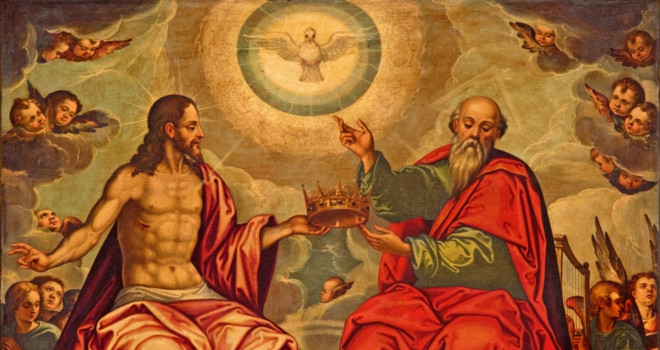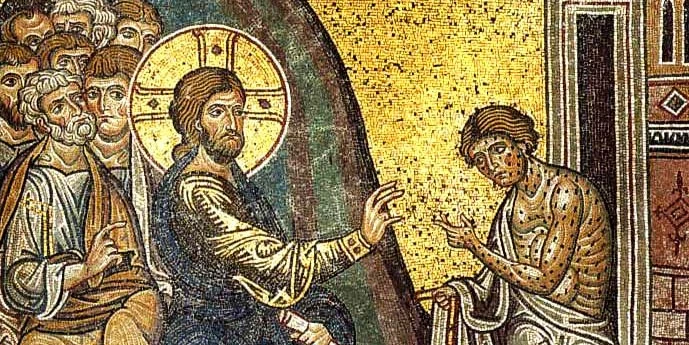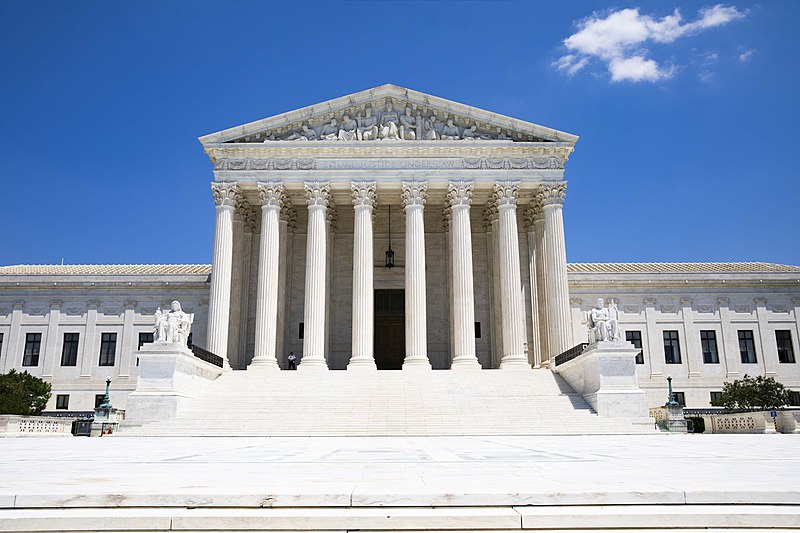To feel someone’s breath is a basic experience of intimacy that is grounded in our bodily senses.
We sometimes forgot the sheer physicality of breath in reading the story of Jesus breathing on his disciples in John 16. Listen again to the gospel account with this aspect in mind:
On the evening of that first day of the week, when the doors were locked, where the disciples were, for fear of the Jews, Jesus came and stood in their midst and said to them, “Peace be with you.” When he had said this, he showed them his hands and his side. The disciples rejoiced when they saw the Lord. Jesus said to them again, “Peace be with you. As the Father has sent me, so I send you.” And when he had said this, he breathed on them and said to them, “Receive the Holy Spirit. Whose sins you forgive are forgiven them, and whose sins you retain are retained” (John 20:19-23, all translations NAB Rev. Ed. unless otherwise noted).
Think about how close the disciples must have been to Jesus to feel His breath upon them. This encounter, while seemingly understated in contrast to the dramatic display at Pentecost, illustrates a profound truth: our experience of the Holy Spirit is dependent on our nearness to Christ.
Augustine recognized this. “Let them become the body of Christ, if they wish to live by the Spirit of Christ. None lives by the Spirit of Christ but the body of Christ,” he declared in a sermon on the Bread of Life discourse in John 6.
Here Augustine is cautioning against those Christians who would be spiritual but not religious—that is, those who proclaim to follow Christ but do not want to belong to His Church. As Bishop Robert Barron once said, “It’s like saying, ‘I like you, but I just don’t want to be around your body.’”
Augustine is relying on an analogy with the human person. Each of us, he says, is a soul and body. The body lives by virtue of the soul, which is an invisible spirit, according to Augustine. So also with the Body of Christ: “Would you then also live by the Spirit of Christ. Be in the body of Christ. For surely my body does not live by your spirit. My body lives by my spirit, and your body by your spirit. The body of Christ cannot live but by the Spirit of Christ.”
Here Augustine has taken us to the converse point: just as we must be in the Body of Christ to receive the Spirit of Christ, so also, the Spirit helps us to be in the Body. Recall, after all, that God Incarnate was conceived by the Holy Spirit. Likewise with his mystical body: it is the Holy Spirit that causes us to be reborn in baptism and it is the Holy Spirit that makes Christ present to us in the Eucharist.
Again, it is the Holy Spirit that brings us to faith in Christ and fills us with grace. In the words of the catechism:
The Spirit prepares men and goes out to them with His grace, in order to draw them to Christ. The Spirit manifests the risen Lord to them, recalls His word to them and opens their minds to the understanding of His Death and Resurrection.







